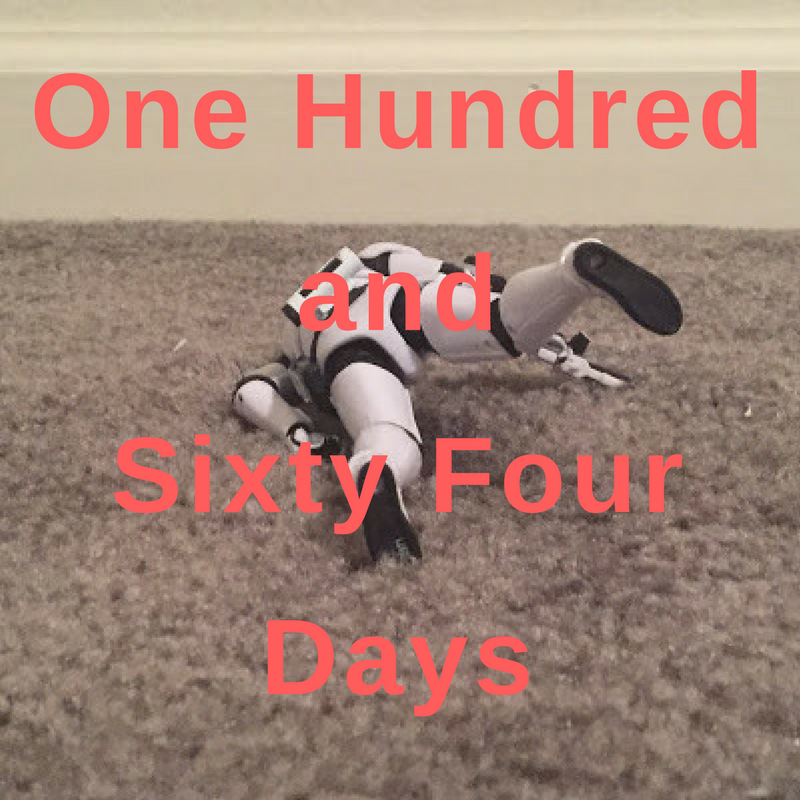- Someone kidnaps the Kingpin and imprisons him for six months in a hidden cell. They only feed him 500 calories a day, however, and when he finally escapes he's so skinny no one recognizes him.
- It is revealed that Superman has been secretly kidnapping and murdering young women from around the globe for many years. Apparently he has developed a taste for human flesh and, furthermore, gains sexual satisfaction from the act of murder. When he is confronted, he insists that this is nothing more than his due.
- Captain America gets hit on the head and forgets everything that happened to him since the end of WWII. He mistakenly believes it's still 1944 and drives down to the south to enforce resegregation.
- The Thing "accidentally" crushes the Invisible Woman's head, as retaliation for walking around in a skin-tight uniform for forty-five years when she knew good and well he had always had a, um, thing for her.
- Maggie gets born-again and tries to convert Hopey.
- Years of drinking and binge-eating finally catch up to Hopey's metabolism and she gains 100 pounds. Maggie leaves her because she "doesn't like fatties".
- Garfield accidentally opens a portal to hell. In order to save his soul, he sells Jon and Odie to the devil.
- The Punisher sets out to kill God.
- Loady McGee finds the Necronomicon and wipes his ass with the pages.
- The Patterson clan all die in a murder-suicide pact, all except for Mike and Deena's kid, who gets to see everyone die.
- The Savage Dragon gets his nose stolen. For the next year he has no nose, and everyone he meets asks him "what happened to your nose?"
- Alan Moore and Chester Brown team up to do a comic; they eventually release a two-page strip with 150 pages of annotations. Drawn & Quarterly sells out the initial print run of 75,000 copies in less than 24 hours.
- Batman fights Osama bin Laden, at which point Batman discovers that bin Laden is really the Joker. Batman takes the Joker into custody and returns him to Arkham.
- A sequel to Ghost World set ten years after the original book, in which Enid discovers her great-grandfather was a notorious bank-robber who left a secret map to treasure hidden in the foothills of the Sierra Nevada. Enid must reteam with Rebecca and battle Nazis who are also looking for the treasure.
- Uncle Scrooge and Captain America team-up in a WWII adventure (naturally predating Christmas on Bear Mountain), wherein it is revealed that Flintheart Glumgold made his fortune as an arms manufacturer for the Axis powers. Meanwhile, Donald is trapped behind enemy lines and only Sgt. Fury and His Howling Commandos can save him.
- Rusty Brown is convicted of manslaughter and goes to prison, wherein he is sexually assaulted by people who thought the joke got really old really fast.
- A sequel to Watchmen wherein Nite Owl and the Silk Spectre have to trick Nite Owl's boss into thinking that Rorschach is still alive. They carry his body around for a weekend, pretending that he is still alive and somehow managing to make it look like he is waterskiing. Hijinks ensue.
- Mat Brinkmann finishes another comic.
- Spider-Man's spider-sense starts going off every time he encounters someone who didn't vote for Bush. He soon starts carrying an assault rifle in order to thin the herd of "Godless liberals". Pat Robertson guest stars, possibly to join the New Avengers at a later date.
- The JLA enter a jai alai tournament.
- Buddy Bradley goes to ITT Tech to become an electrical engineer.
- Fone Bone figures out that Moby Dick is really a portentous slog, decides his new favorite book is Even Cowgirls Get the Blues.
- Harvey Pekar finds a dying Abin Sur and is given the ring to become a Green Lantern.
- Art Spiegelman finds a dying Abin Sur and is given the ring to become a Green Lantern, but is later disqualified by the Guardians for being "massively annoying".
- Jeffrey Brown does a comic about all the hookers he's killed.
- Joe Matt does a comic about all the hookers he's killed, but dies of old age before finishing the second issue.
- Cerebus fights Osama bin Laden, only to discover that bin Laden is really the Roach in disguise.
- Calvin gets a Ritalin prescription and has to watch while Hobbes slowly and painfully disintegrates into nothingness.
- Dennis the Menace finds a severed head in his backyard, makes Joey eat the eyeballs.
- Lobo falls through time and meets Groo the Wanderer. They fight, and while neither can defeat the other, they succeed in destroying the entire universe.
- A licensed comic wherein Neko Case decides to become a superhero and fight crime. Her superhero name is The Sultry Siren.
- Batman discovers masturbation, exclaims "How come no one ever told me about this before?"







